Visit Library for MBP Pro eBooks |
Canon has started taking orders for the EOS R5 and a wealth of other gear, and it will result in me changing more gear in such a short space of time than ever before, so today I’m going to explain my strategy and expectations for the future. The EOS R5 was first announced around six months ago, with Canon uncharacteristically publishing a news release about the fact that they were developing this camera and a number of other lenses including a new 100-500mm RF lens.
If you’ve been following my blog or podcast for the last few years, you’ll already know that I am all in on Canon’s mirrorless camera range, but I’ll step back a little further and explain what changed, and why I have been so happy to make this shift, and then move on to why I’m really looking forward to the R5 and how my gear bag will completely transform over the next two months. I’ll also talk about how I’m essentially doing this with virtually no additional expenditure, although that is mostly due to past investment, and not some magic formula that I’ve stumbled across.
Why Canon Mirrorless?
First, let’s talk about why I’m all in with the Canon RF Mirrorless system. You’ll probably agree that Canon came late to the mirrorless camera market, and I have to tell you, that around the time they released the Canon EOS 5Ds R, I was seriously considering jumping ship to Sony. Sony has and continues to really push the boundaries with mirrorless and have probably been a big factor in finally forcing Canon to pull their thumb out of their aperture. The high resolution and image quality of the 5Ds R were enough to keep me loyal though, and since its release in the summer of 2015, I was in many ways totally happy with my gear, and my decision to stay with Canon.
I took great pleasure in blowing all of the myths about the 5Ds R out of the water, using it hand-held at low shutter speeds and high ISOs, and for most major genres, including wildlife, which no-one thought this camera was capable of. Even my friends at Canon told me that they weren’t necessarily 100% happy with what I was publishing, because they didn’t think that everyone could pull as much out of the 5Ds R as I could, but for me, that just made me even happier to do what I was doing.
When the EOS R was announced almost two years ago, I initially pretty much ignored it, mostly because I was in gear nirvana. I was so happy with the gear that I owned that I just didn’t have my antenna out looking for anything other than a higher resolution 5Ds R. But then I stumbled across a technical document about the RF mount, and after a few minutes looking at that, I realized that Canon had done what they needed to do to not only get into the mirrorless game but to put a foundation in place to help them lead it. It was also obvious to me at that point, that Canon wasn’t playing at this. They’d developed a mount that would take their camera system into a new era.
The RF mount has more electronic contacts, helping them to do more with the lens, like the addition of the Control Ring, which I love having mapped to my ISO, but the biggest change was that the RF mount puts the back of the lens just 20mm from the sensor. Compared to 44mm with the EF mount, because they needed room for the mirror, the light coming out of the back of the lens has less distance to travel and therefore doesn’t spread out as much, which of course, leads to sharper images.
Not to say that the images from my old EF lenses were bad in any way, but as I showed in my 5Ds R and EOS R Printoff post, a 30-megapixel image from the EOS R with the RF 24-105mm lens could be printed larger than a 50-megapixel image with the EF 24-105mm lens. I also have a quick test shot to share later from the new RF 15-35mm f/2.8 lens that absolutely blew me away with regards to edge sharpness on such a wide-angle lens.
EOS R Not Perfect, But…
I saw Canon’s future in that one document about the RF lens mount, and it gave me enough confidence to sell one of my 5Ds R bodies, and replace it with my first EOS R at the end of 2018. On my Hokkaido Landscape Tour & Workshop, I found the first problem with the EOS R that would hamper my photography a number of times over the course of the next year, and that was the tendency for the electronic viewfinder to fog up if the camera got wet. It didn’t seem to be a problem when it was really cold, but in temperatures floating around freezing point, it was a pain.
As I got stuck into faster-paced shooting on my Japan Wildlife Tours in 2019, even with the settings adjusted to give the best possible performance of the electronic viewfinder, I found that I was always looking at a stroboscopic view of the subject as I released the shutter in burst mode, and although I got used to it after a day or so, it would occasionally cost me a few frames. These two issues were really the only issues though, and I could work around both and was in general very happy with the EOS R. So much so that I quickly replaced my second 5Ds R with a second EOS R, and sold my EF 24-105mm lens. I also sold my EF 85mm f/1.4 lens and replaced it with the RF 50mm f/1.2 lens, which is absolutely stunning!
No Newly Developed EF Lenses
I was all-in and confident that Canon was on the right track, and then they announced that they will not be developing any new EF lenses, to enable them to concentrate of the RF line-up, and I did a few mental fist-pumps, as this proved to me that my hunches had been spot-on. The RF mount is the future of Canon. Canon’s lens mounts over almost a century of camera manufacturing have mostly lasted around ten years each, until the EF mount which was released in 1987, and lasted over thirty years. Although there will be no new EF lenses developed, they’ll still be manufactured for a while to support current customers, so the EF era isn’t necessarily over, but with the RF mount coming onto the scene in 2018, it makes me wonder if it’s going to outrun the EF lineup. If it does, the RF mount will probably outlive me too, and that isn’t necessarily a bad thing.
Looking Ahead
So, that’s the background, now let’s talk about what’s coming soon, and my strategy to move pretty much all of my work over to RF glass and the new EOS R5 which will be hitting the streets in about a week’s time. The biggest change that I’ve just executed, although I decided that this would be what I’d do in January this year, is that I have just sold my 200-400mm lens, with the built-in 1.4X Extender. I loved that lens, but want to talk about the reasons for letting it go.
First and foremost, is that since Canon released the updated 100-400mm lens in the summer of 2016, I actually really only used the 200-400mm for the Red-Crowned Cranes, owls and foxes on my Japan Winter Wildlife Tours. Even for the rest of this tour I almost exclusively used the 100-400mm, so we are talking around 4 to 5 days of use per year, and that really isn’t enough to warrant keeping it. For my other wildlife work, such as Namibia, and all other trips that I do, the 100-400mm was the longest lens that I took along.
That is the main reason for letting it go, making up around 70% of the incentive, with around 29% of the remainder being a financial incentive. With the virus hitting my business pretty hard, I simply cannot afford to buy all of the new gear that is coming along without selling something, and I was able to get the equivalent of around $6,000 US for my six and a half-year-old lens, and along with the money I got for one of my EOS R bodies, will pay for both the EOS R5 and the new 100-500mm lens which is scheduled for release in September.
The other change which I have made just last week is that I have sold my EF 11-24mm f/4 lens, along with my Mark III 1.4X and 2X Extenders, and they came to around $15 more than I needed to pick up the RF 15-35mm f/2.8 lens, which has actually been on the market for around six months already. I have been planning to make this change for a while, but because I wasn’t in a position to also sell the Extenders, I held off until now. And if you are wondering what I’m going to do for extenders now, well, I actually had around $1,600 of points from selling the second of my 5Ds R bodies, and that neatly covers the cost of the two new RF mount Extenders which are also being released in around a week’s time.
Extender Zoom Restrictions
With the 100-500mm a couple of months out, the Extenders will have no lens to attach them to for a while, but I’ll report on how these work with the 100-500mm as soon as I get a chance to shoot with them in September. One relatively large disappointment with this combination is that the 100-500 lens is restricted to a 300mm widest focal point when used with the new Extenders.
Looking at the design, it’s obvious that the protruding elements of the Extenders prevent the back element of the lens from moving to their full extent, so instead of a 200-1000mm lens with the 2X Extender, we get a 600-1000mm lens, and with the 1.4X Extender, we’re looking at a 420-700mm lens. This does reduce the versatility of the lens when combined with the Extenders, but this is, at this point, the first time that the shorter distance to the sensor has added a negative aspect to Canon’s RF Mount and Mirrorless line-up. I’ll live with it, and having the ability to shoot at up to 1000mm with such a small system will be very welcome too.
The Final Upcoming Change
To round out all of my planned changes, I will actually sell the EF 100-400mm and my second EOS R body in September, when the 100-500mm is released, and expect that the money I get for those two items will get me pretty close to what I need to buy a second EOS R5. I really like shooting with two identical bodies, and I know for a fact that once I start shooting with the R5, taking my EOS R as a second body will really mean that unless the R5 broke, the second body would hardly get used. It’s not that the EOS R is a bad camera. I really do like that camera, but I know how my mind works, and when there are benefits to be reaped from using something else, I generally go with that.
I recall being in Iceland around six years ago with my 5D Mark III and a 1 DX body and killed my 5D Mark III in the rain to prove a point, and I hated the fact that I had to drop down from 22 megapixels to 18 for the few days that it took for my 5D to come back to life. That was me worrying over just 4 megapixels, so I know that a drop of 15 megapixels from the R5 to the EOS R will be too great for my simple mind to handle.
A Tribute to the 200-400mm Lens
I can’t say that I am all smiles regarding these changes. I will miss the 200-400mm and 11-24mm lenses. These two lenses are absolutely amazing and have been a pleasure to own. In the past, I’ve done entire posts as tributes to lenses that I’ve had to let go. I just opened Capture One Pro and started looking through my 200-400mm shots hoping to find just one that I could share and say, this is my favorite! But that plan went out of the window in just a few minutes. I managed to whittle it down to a selection of 10 images though, so I’ll drop those into an album in case anyone is interested.
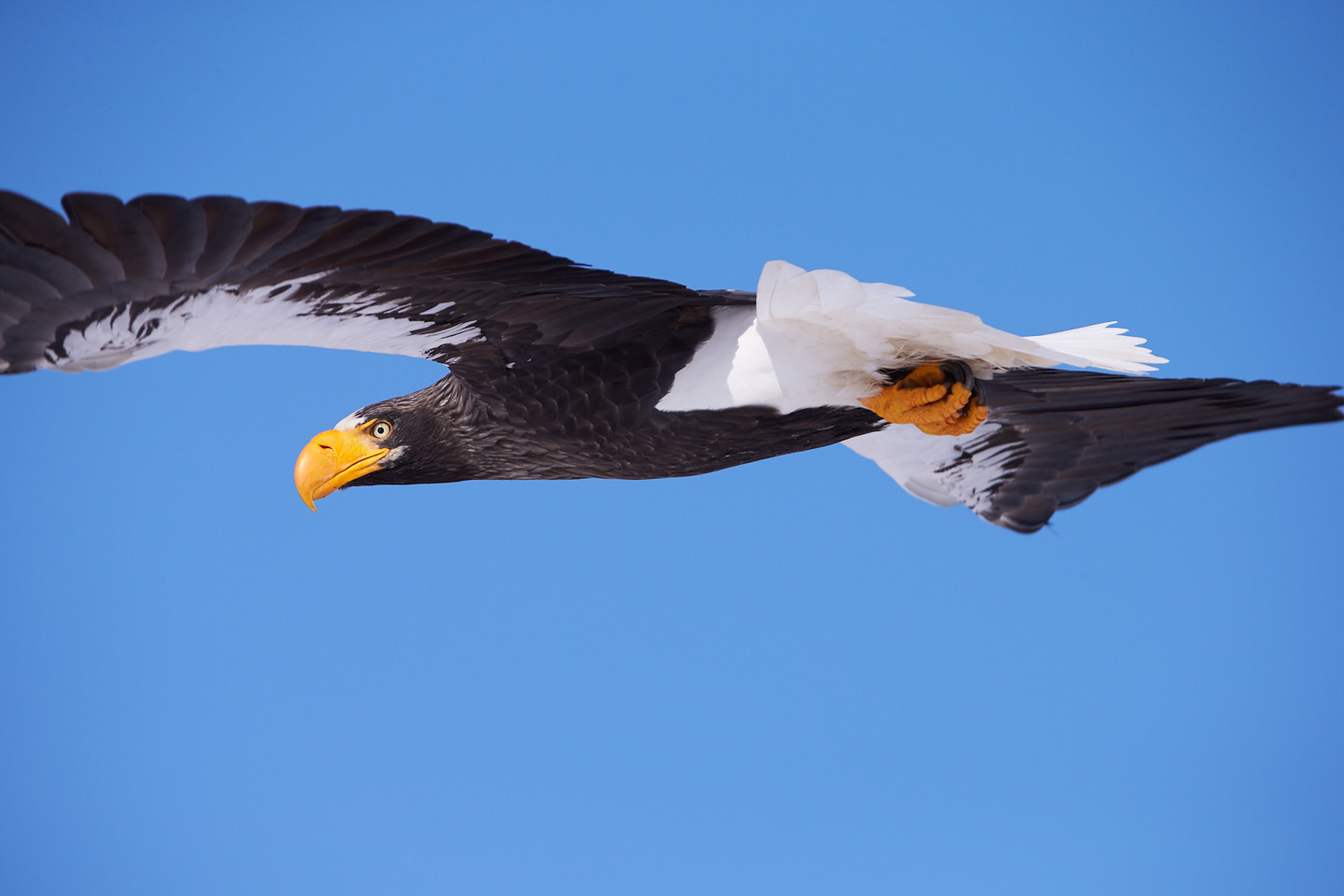
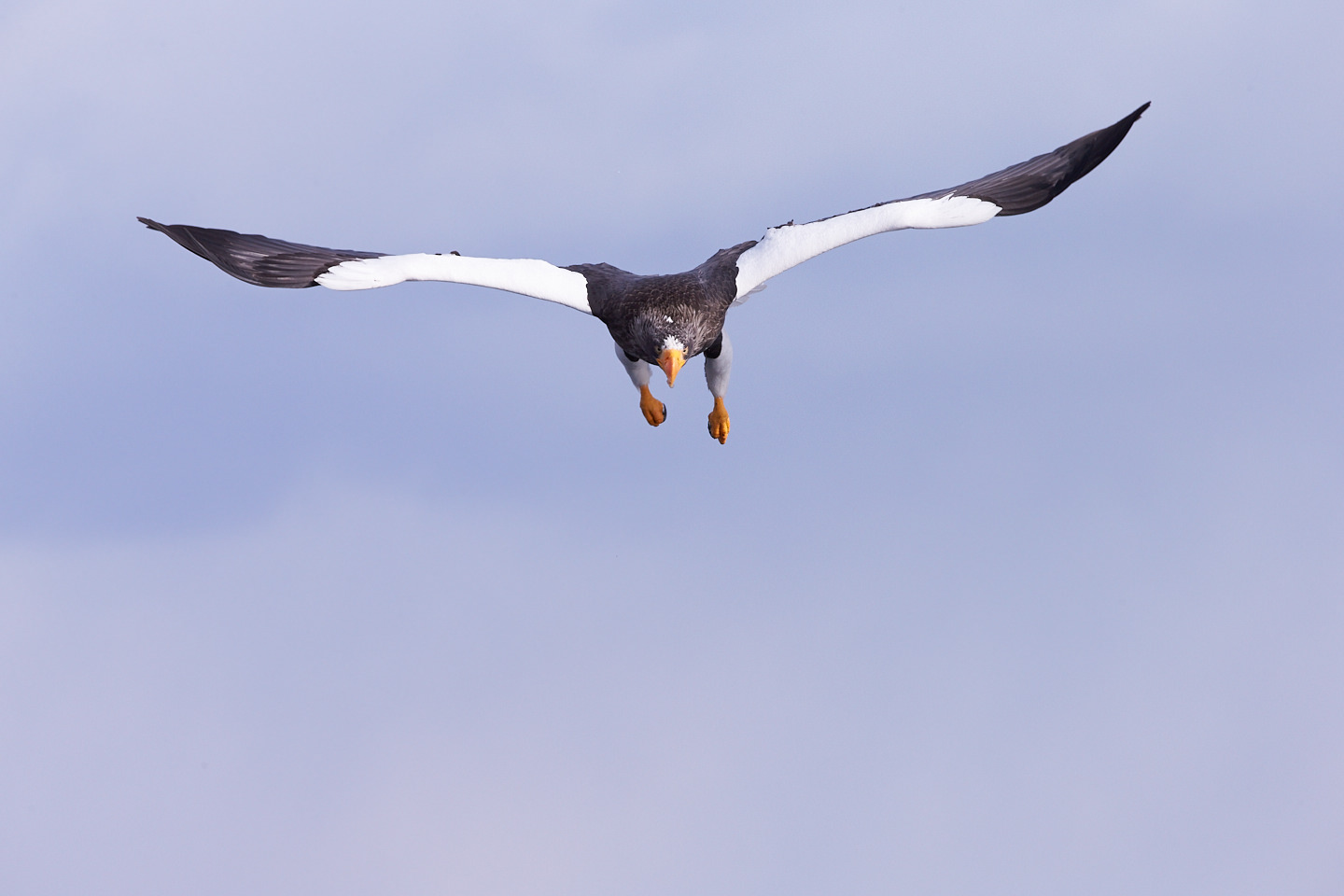
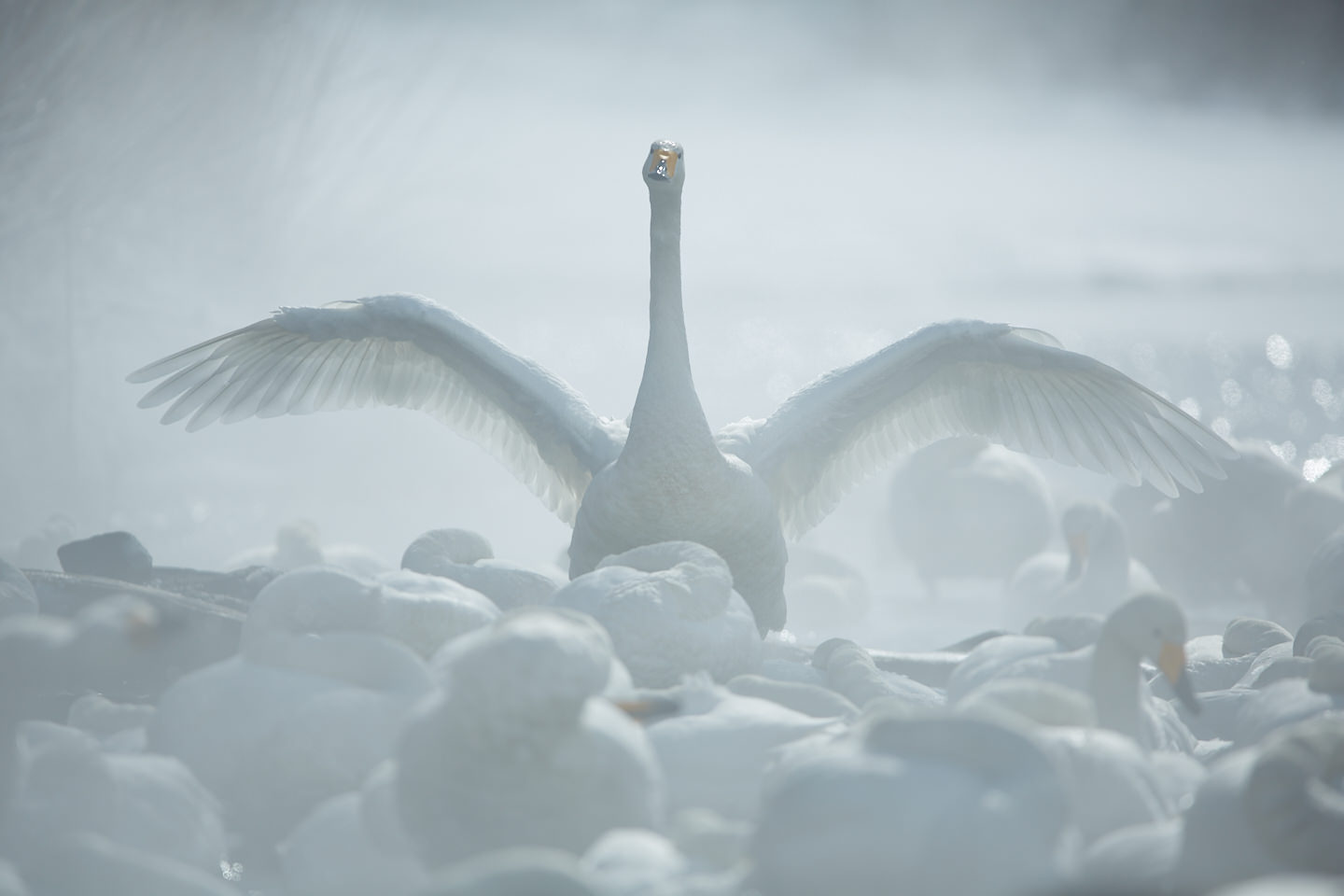
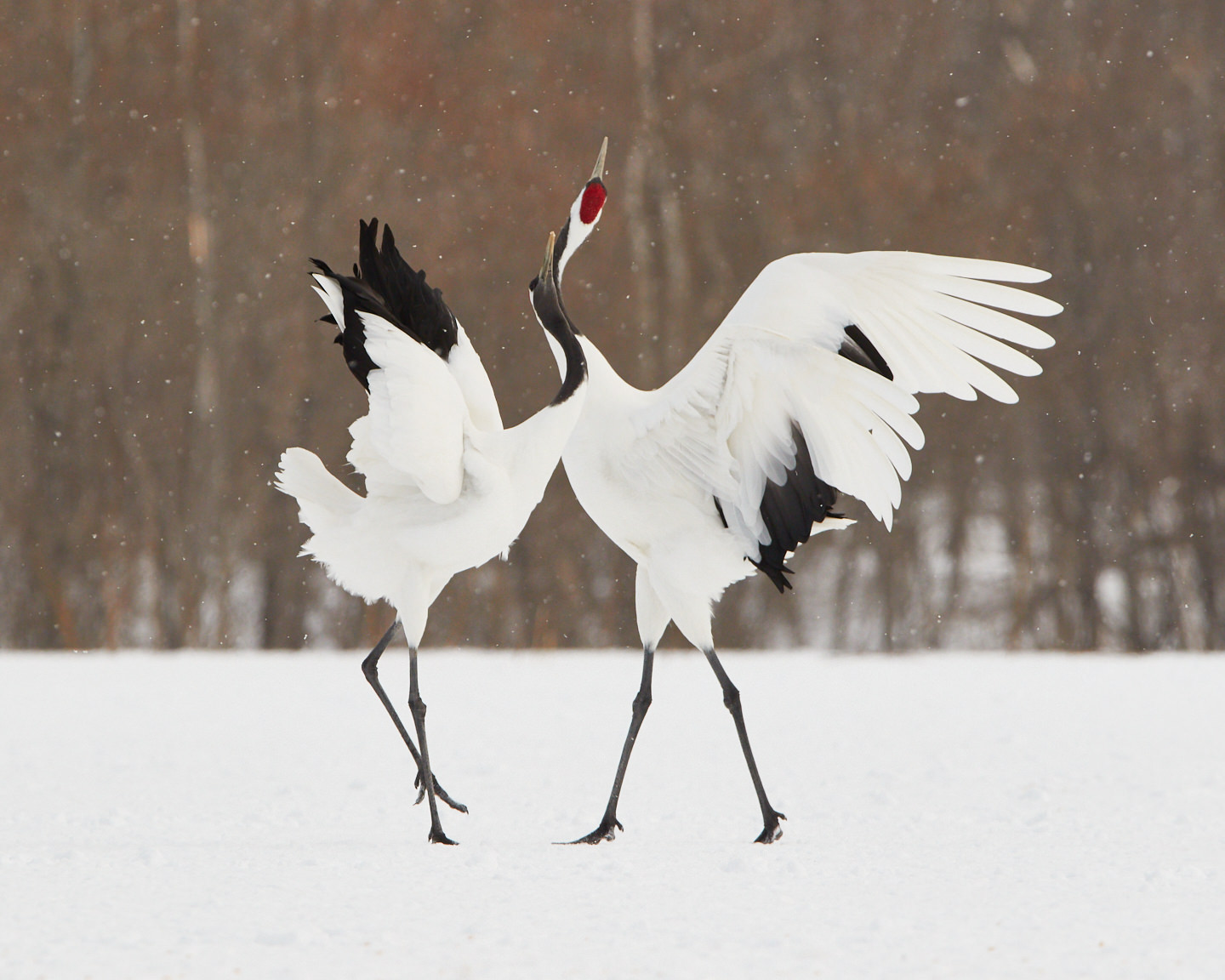


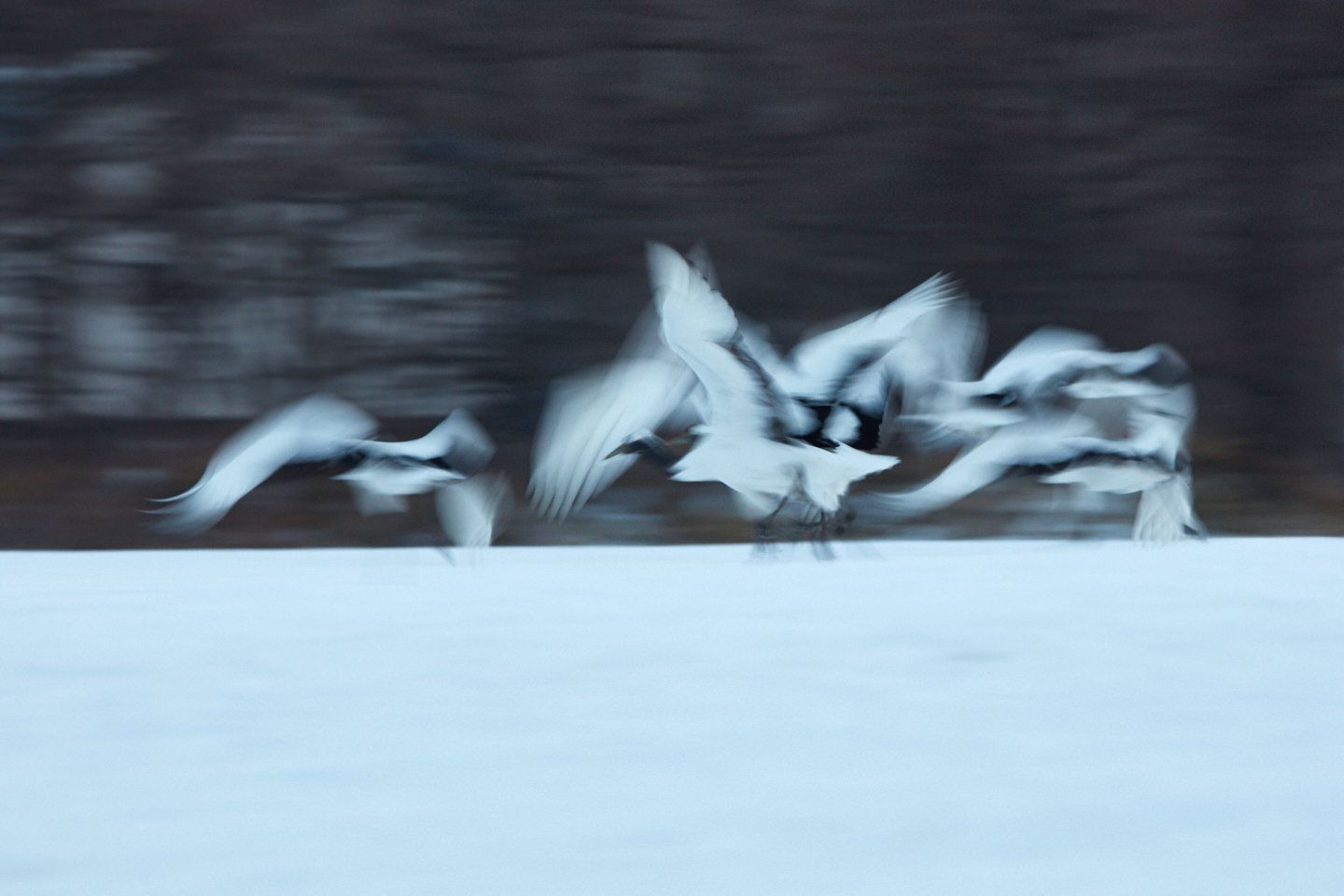



I was reminded too, as I looked through these images, how liberating it was to switch from the 600mm f/4 and 300mm f/2.8 to just the one lens, and the zoom and built-in extender made it incredibly versatile. I also remember though that in the few years before Canon releasing the Mark II 100-400mm lens, I would routinely hand-hold the 200-400mm on the boat photographing the sea eagles.
That Missing 1%
I also just recalled that I didn’t tell you what the last 1% of my reason for selling the 200-400mm lens was. Well, it was because as wonderful as it was to have that 1.4X Extender built right into the lens, there were a number of times in fast-paced shooting when I’d lose shots through being indecisive about the timing of flipping that switch. Of course, having to take the lens off the camera to add an external extender takes much longer, but when it’s fitted, or not fitted, you generally run with it until the action stops. There’s less to be indecisive about.
A Tribute to the 11-24mm Lens
I did the same exercise with images from my 11-24mm lens, and actually found it harder to whittle down my initial selection of 41 images to just ten, but here again, is an album of my favorite ten images with this lens. I know I’m a big softy, but I enjoy looking back and taking a moment to pay tribute to the gear that has helped me to capture what I consider to be some of my best work.
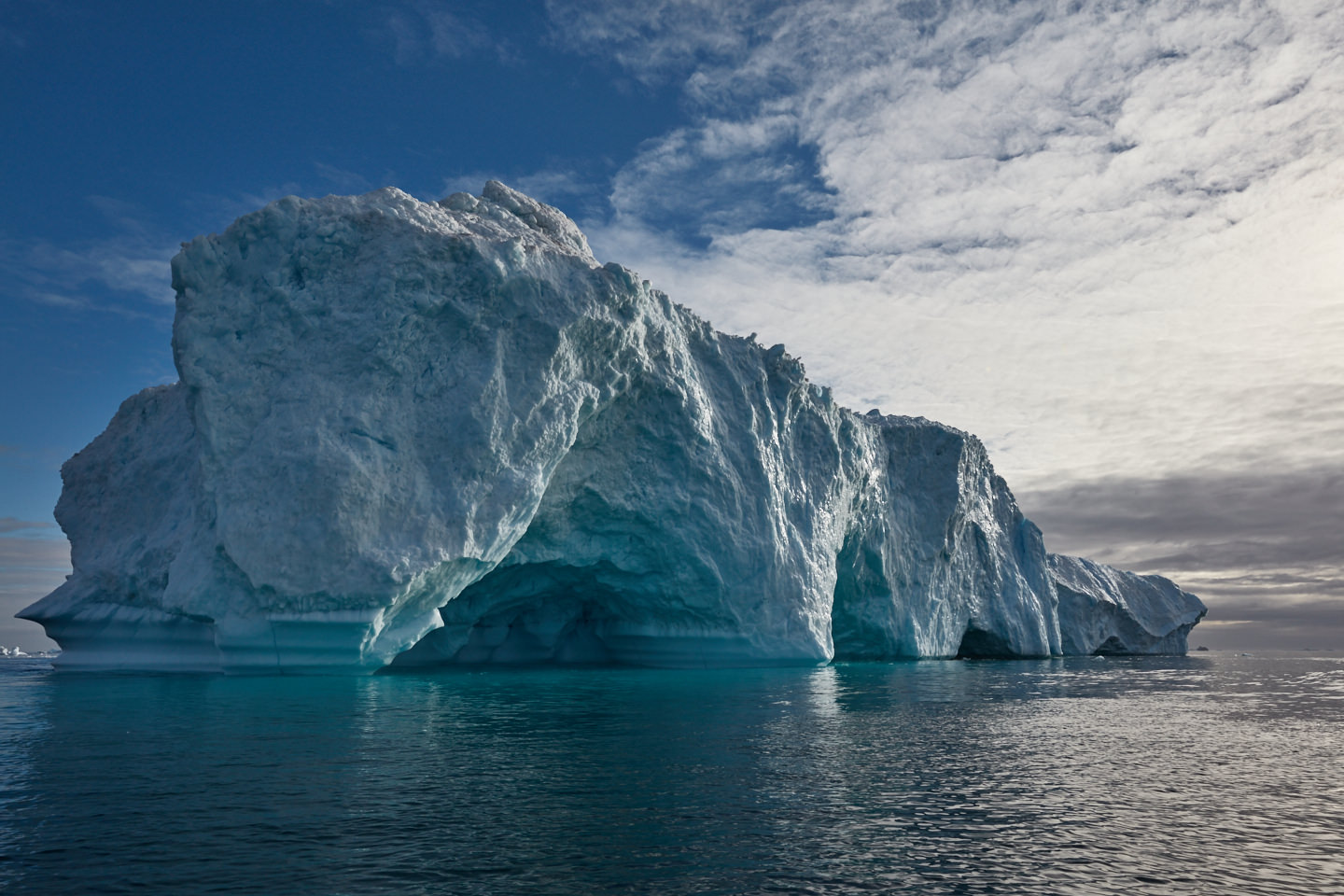
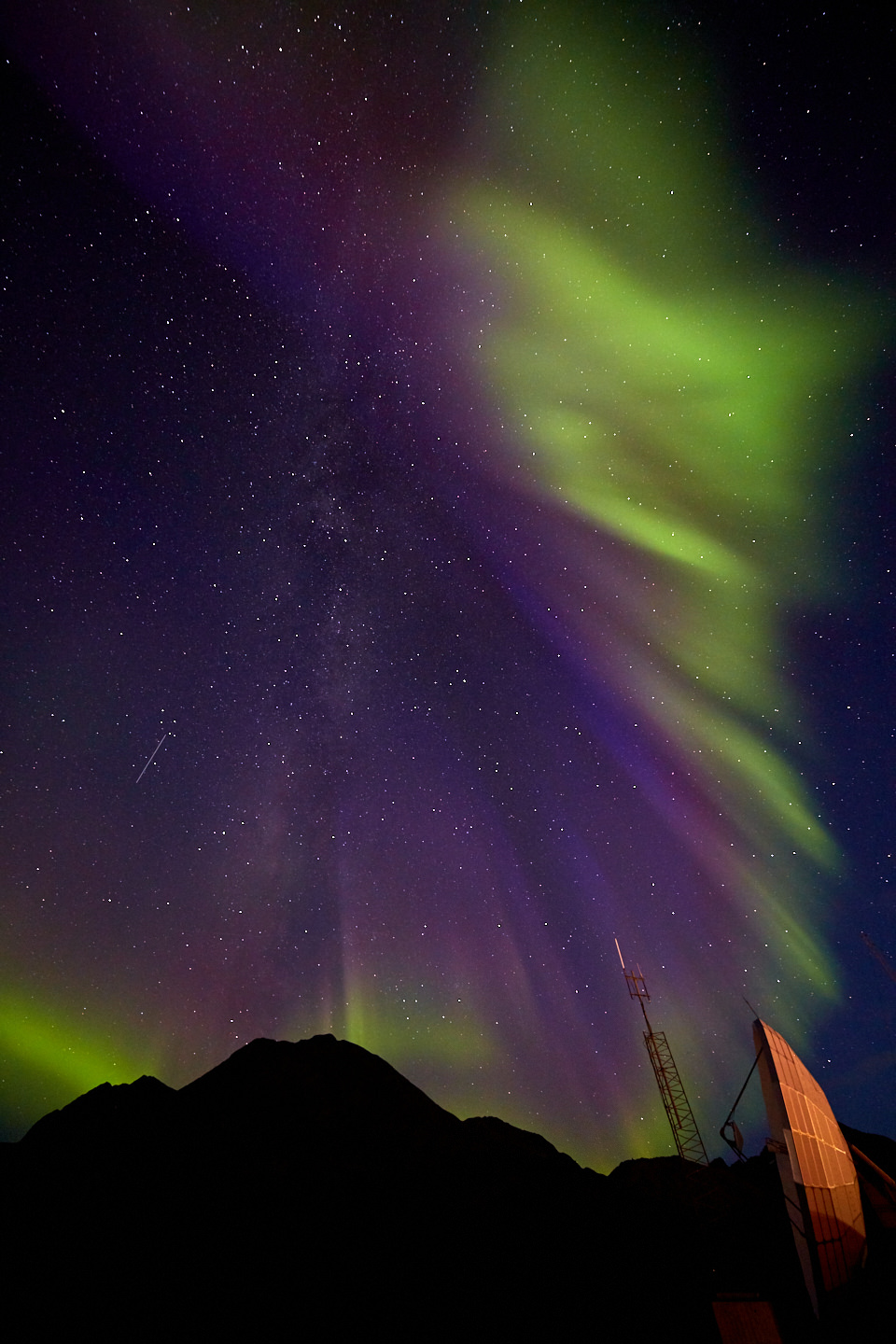

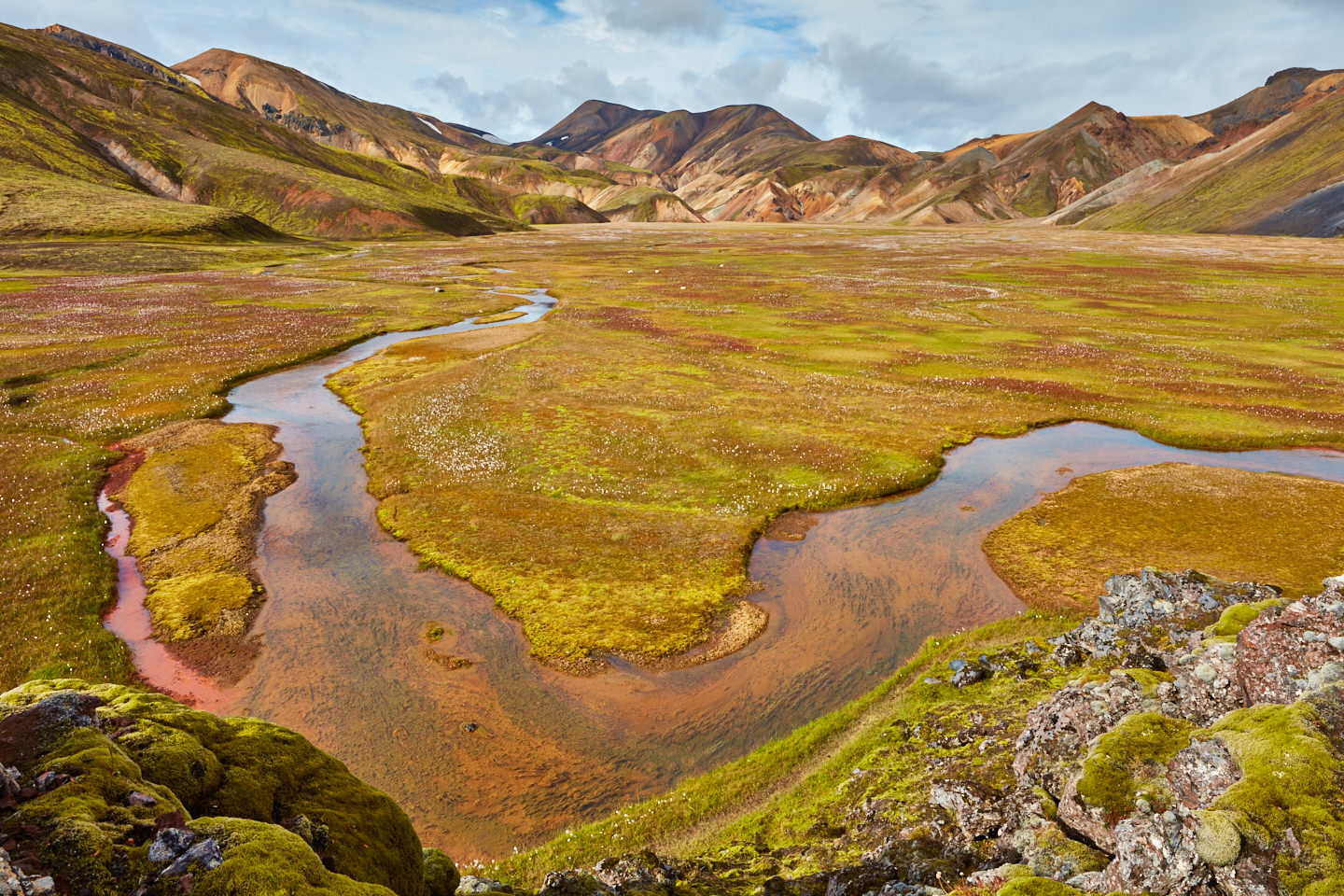
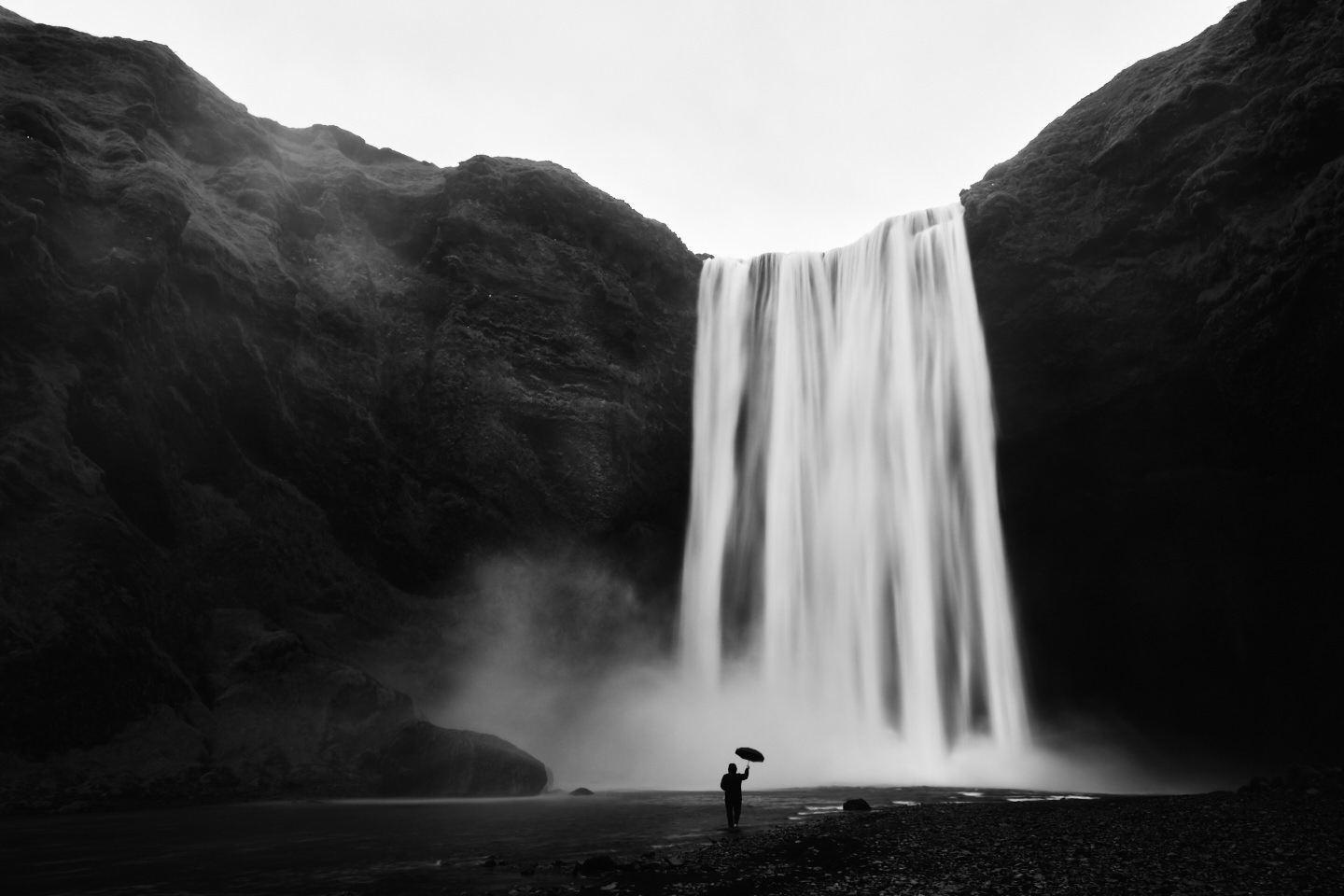
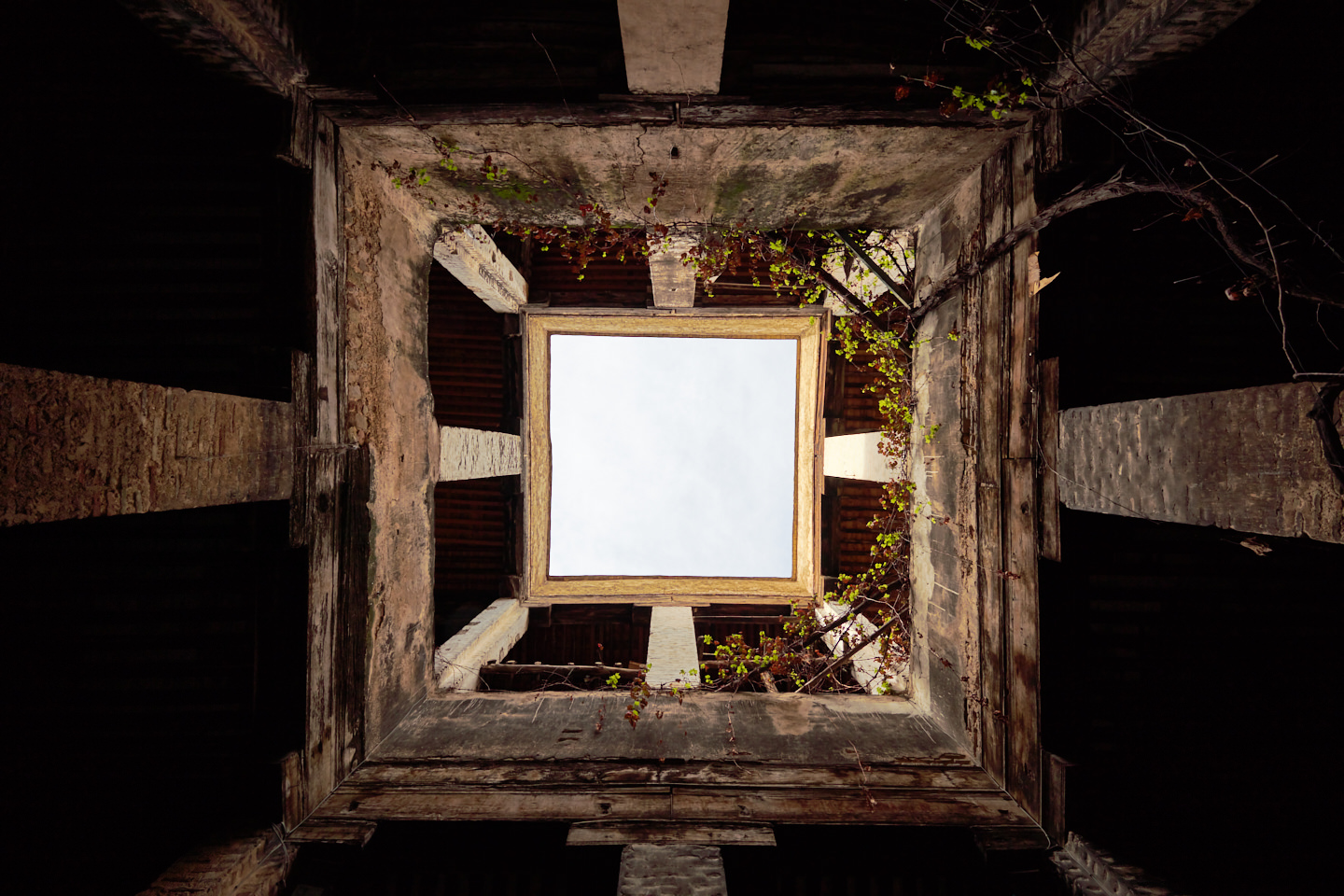
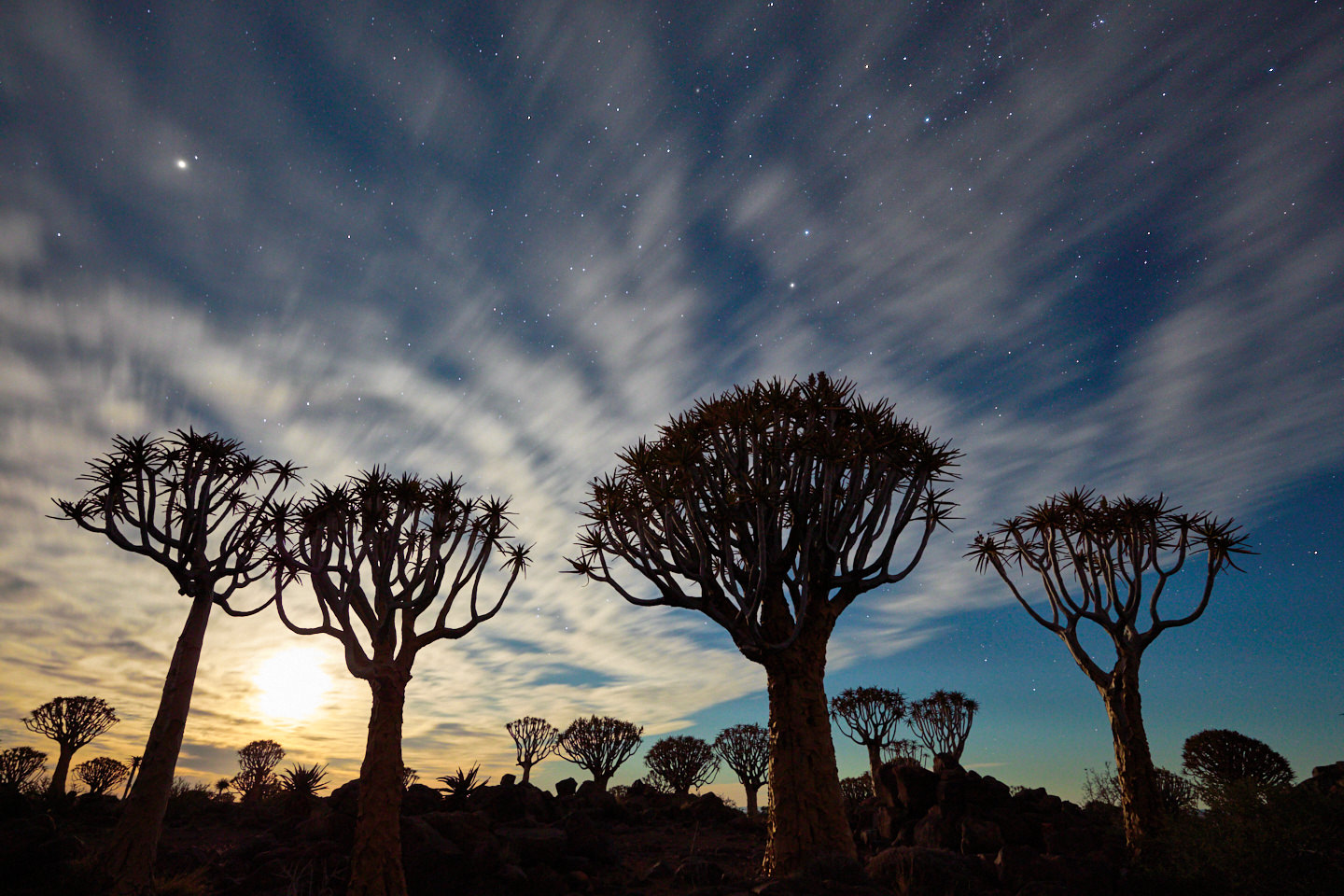
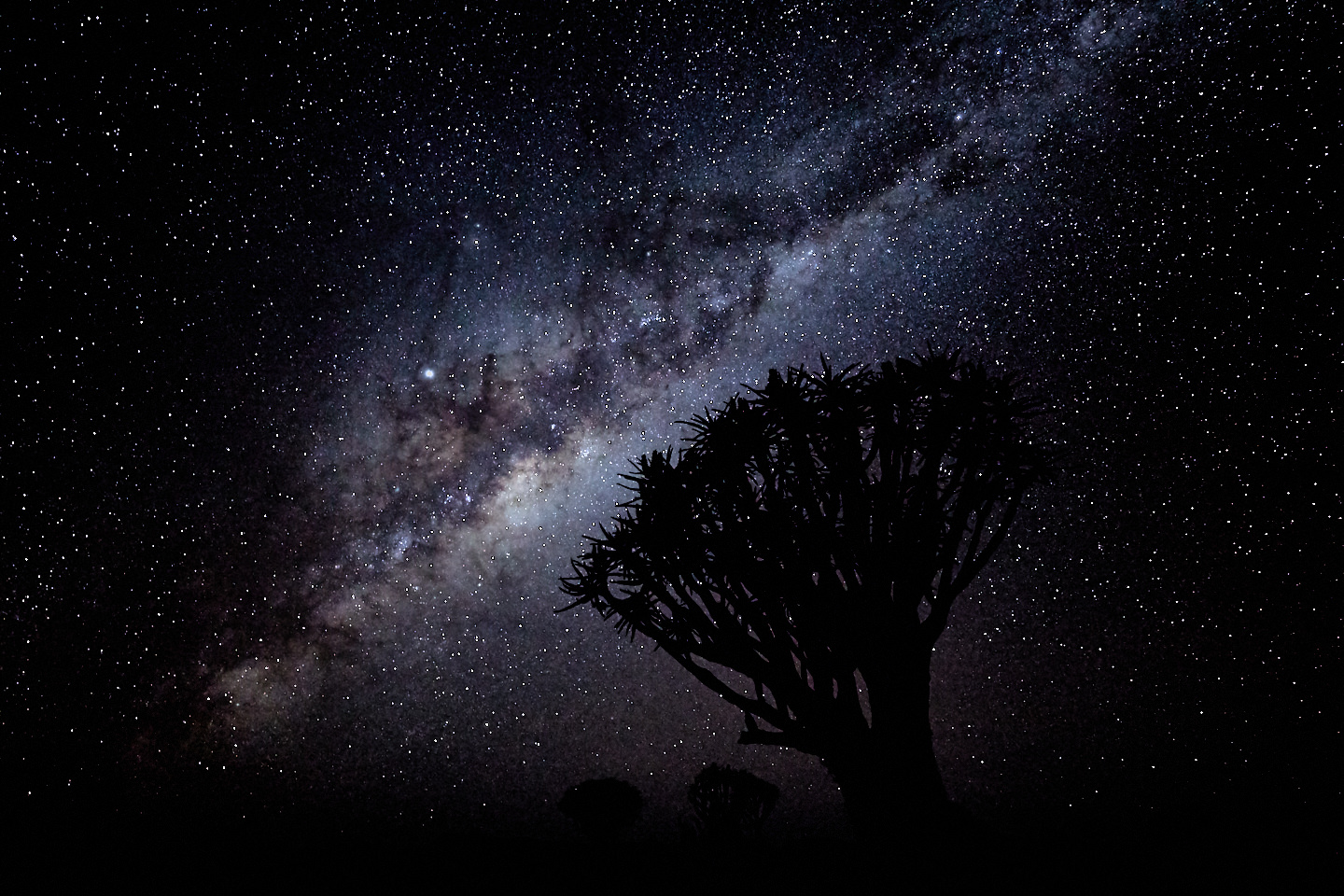
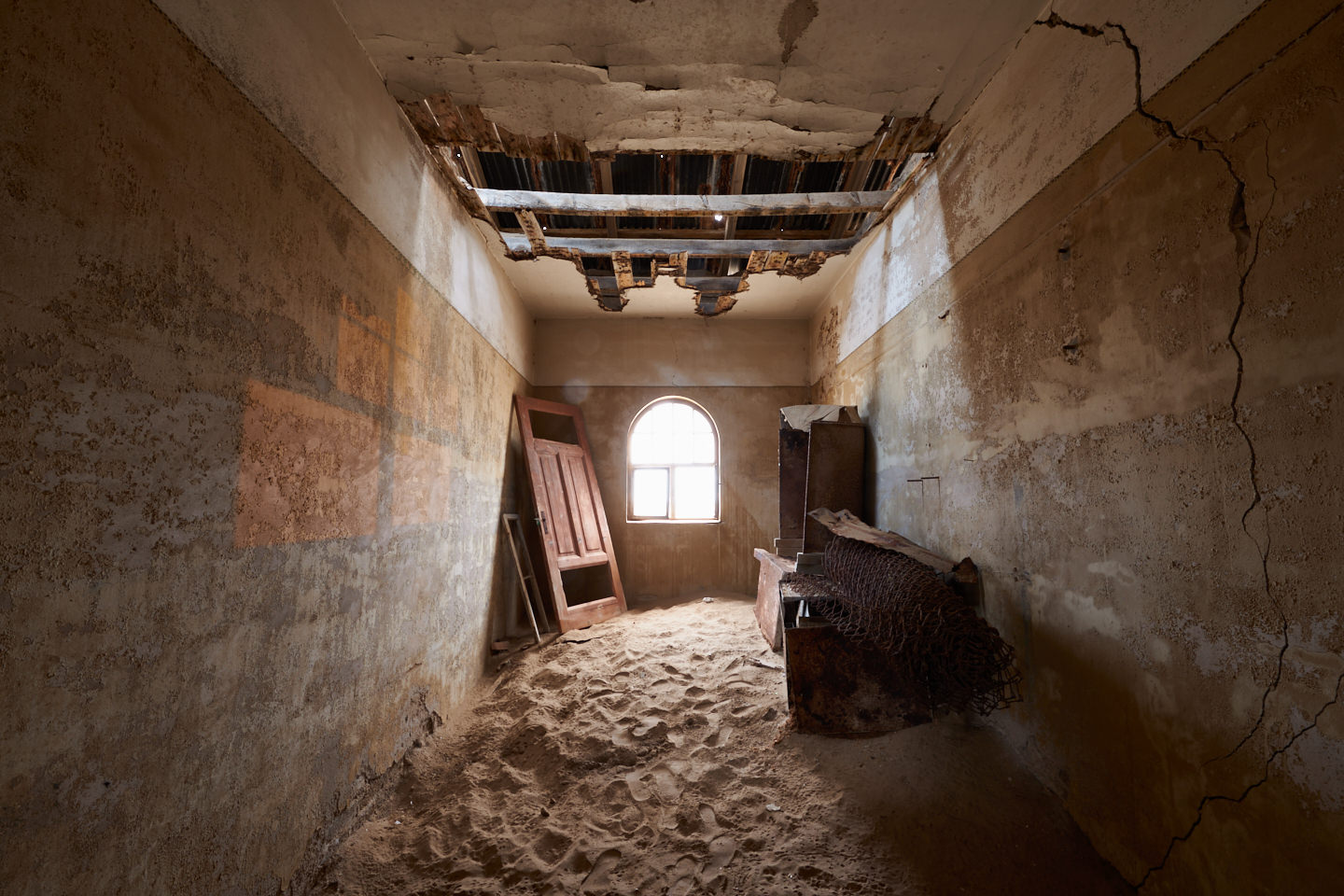
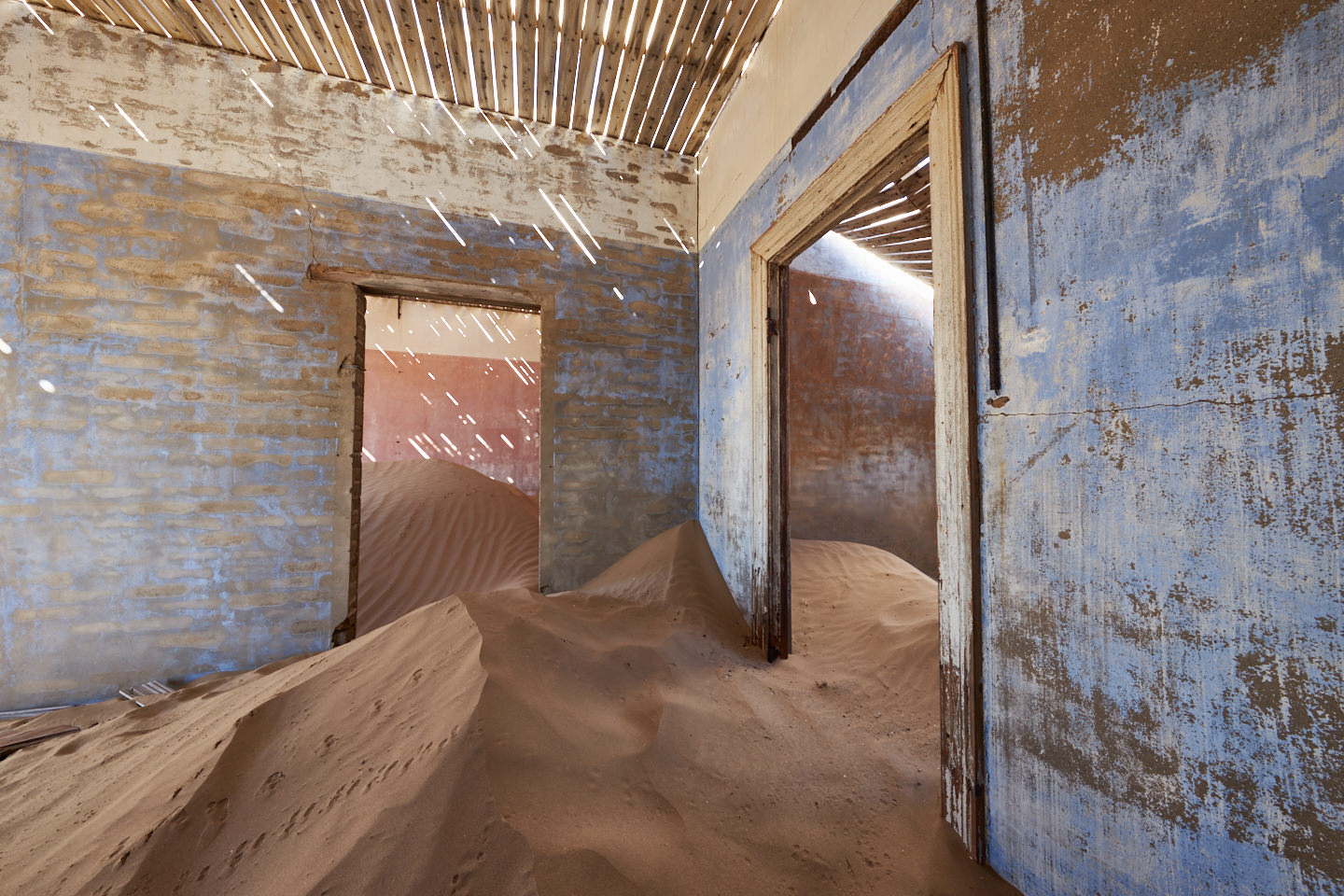
There will be times when I miss that 4mm that I’m losing by switching from the 11-24mm to a 15-35mm lens, but I can’t say I’ll miss having to take the lens off my camera to put a piece of cut gelatin ND filter into the filter holder on the back of the 11-24mm lens, and then try to get it back on the camera without moving the focus or zoom rings, because with heavy filters, even by increasing the ISO, I couldn’t see to compose and focus with the filter attached. But otherwise, I’ll certainly miss the 11-24mm.
RF 15-35mm f/2.8 Lens First Impressions
Having literally only shot a handful of images with the RF 15-35mm f/2.8 L IS USM Lens at this point, I’m not really in a position yet to do a full review, but I did want to share a few images in a First Impressions style update. The first thing that hit me as I took the 15-35mm lens out of its box is that it’s bigger than I anticipated, but being an f/2.8 lens, and a sturdily built L lens, I guess I should have expected that, and it certainly isn’t a problem.
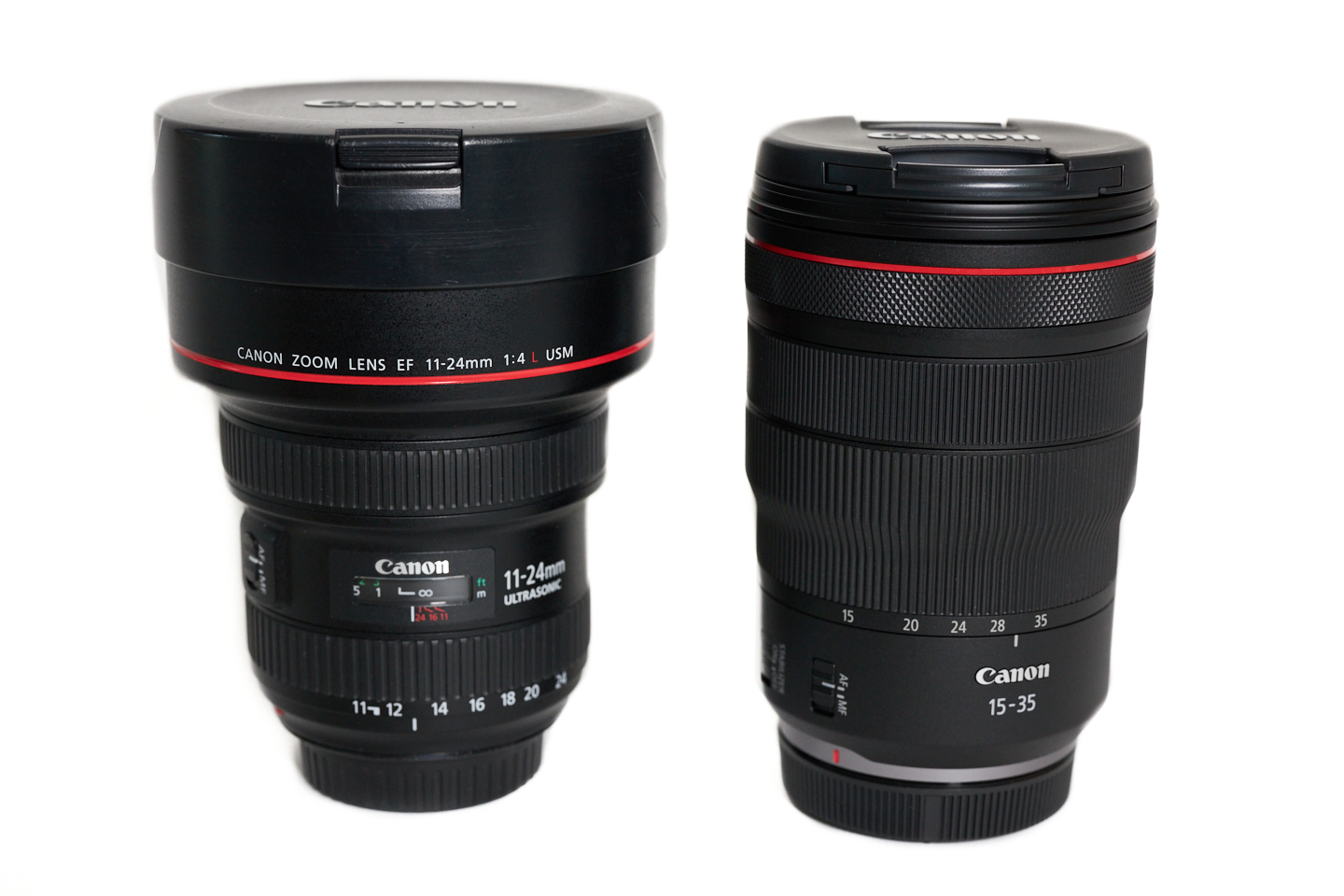
I lose 4mm on the wide end of the focal length zoom range and gain 11mm on the long end, and it will be nice to once again have a little overlap with my 24-105mm lens, which makes it more versatile. Here is a photo of the two lenses together, to give you an idea of their difference in size and shape. Note that the 15-35mm lens is slightly closer to the camera so that I could focus on the text of both lenses, and that might make the 15-35mm lens look slightly larger by comparison. At 840g though, the 15-35mm is a welcome 340g lighter than the 11-24mm lens, and dimensions-wise it’s 20mm smaller in diameter, and 5mm shorter in height.
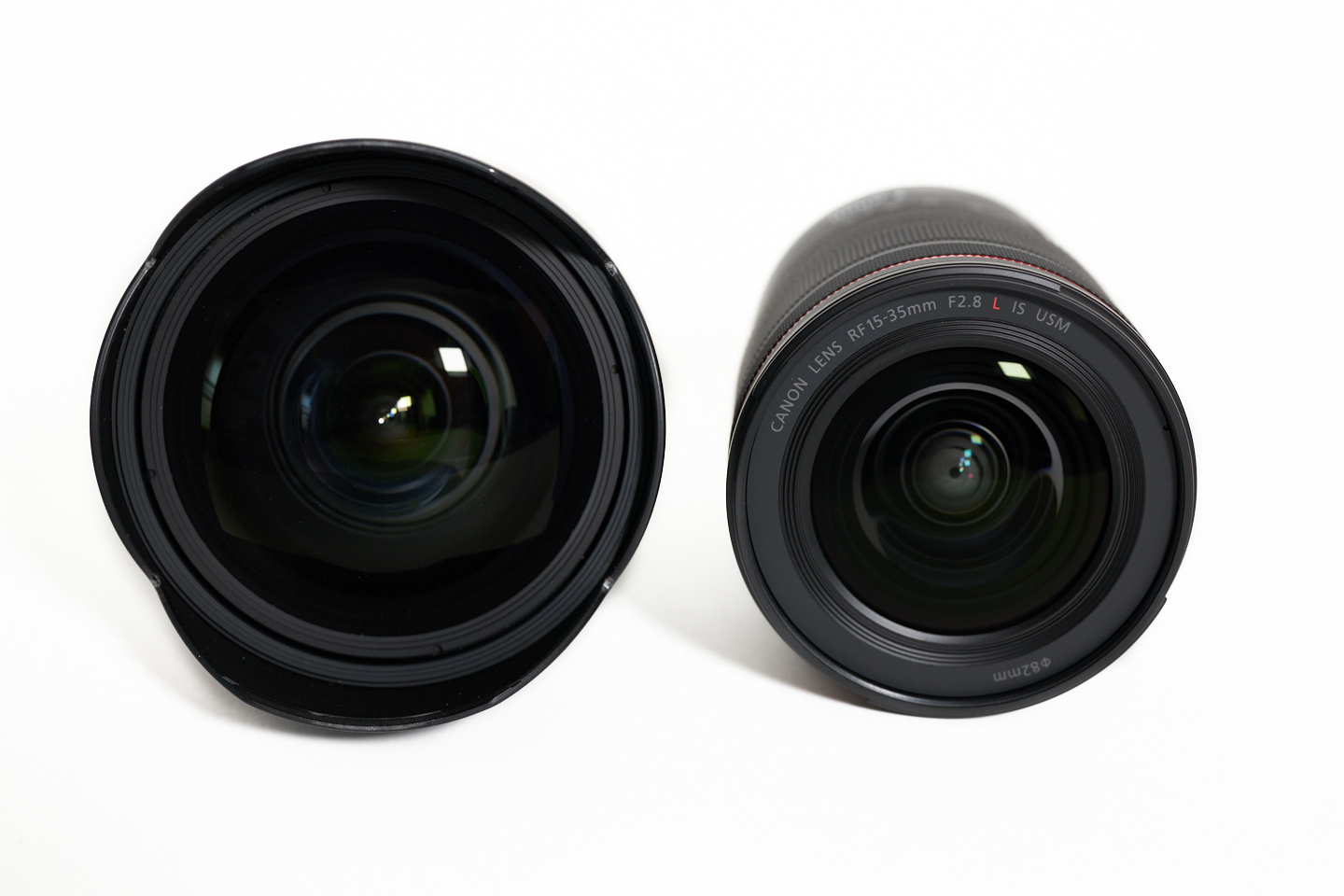
Before I boxed up the 11-24mm lens to send to the shop that I’d bought the 15-35mm lens from in part-exchange, I placed the 50mm lens on the table, and from approximately the same distance, shot a photo with each of the wide-angle lenses at the widest focal length. This may not be an apples-to-apples comparison, but with limited time, I found the information that I was most concerned about, and that was how much wider that 4mm gets me in practical use, and sharp the lenses are in comparison, at the center, and near their edges.
First, here are the two images uncropped, so that you can see the approximate difference between 11mm and 15mm. You’ll have to excuse my shadow on the left of the frame and that I didn’t use a tripod. As you can see, either side of the white background paper is more visible in the 11mm shot, but it’s not a huge amount. Click on one of the images then navigate back and forth with your mouse or arrow keys on your keyboard to compare the images.
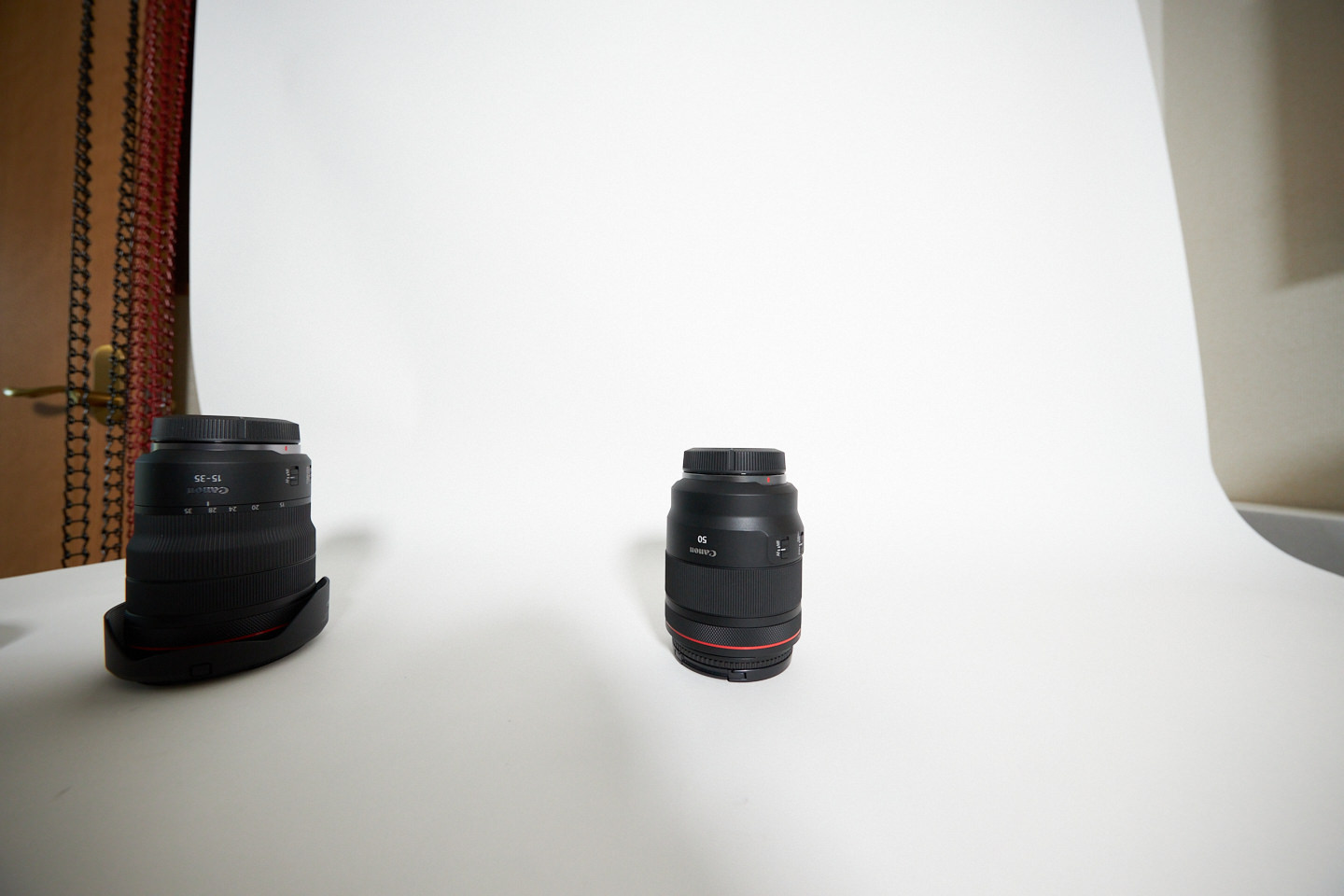
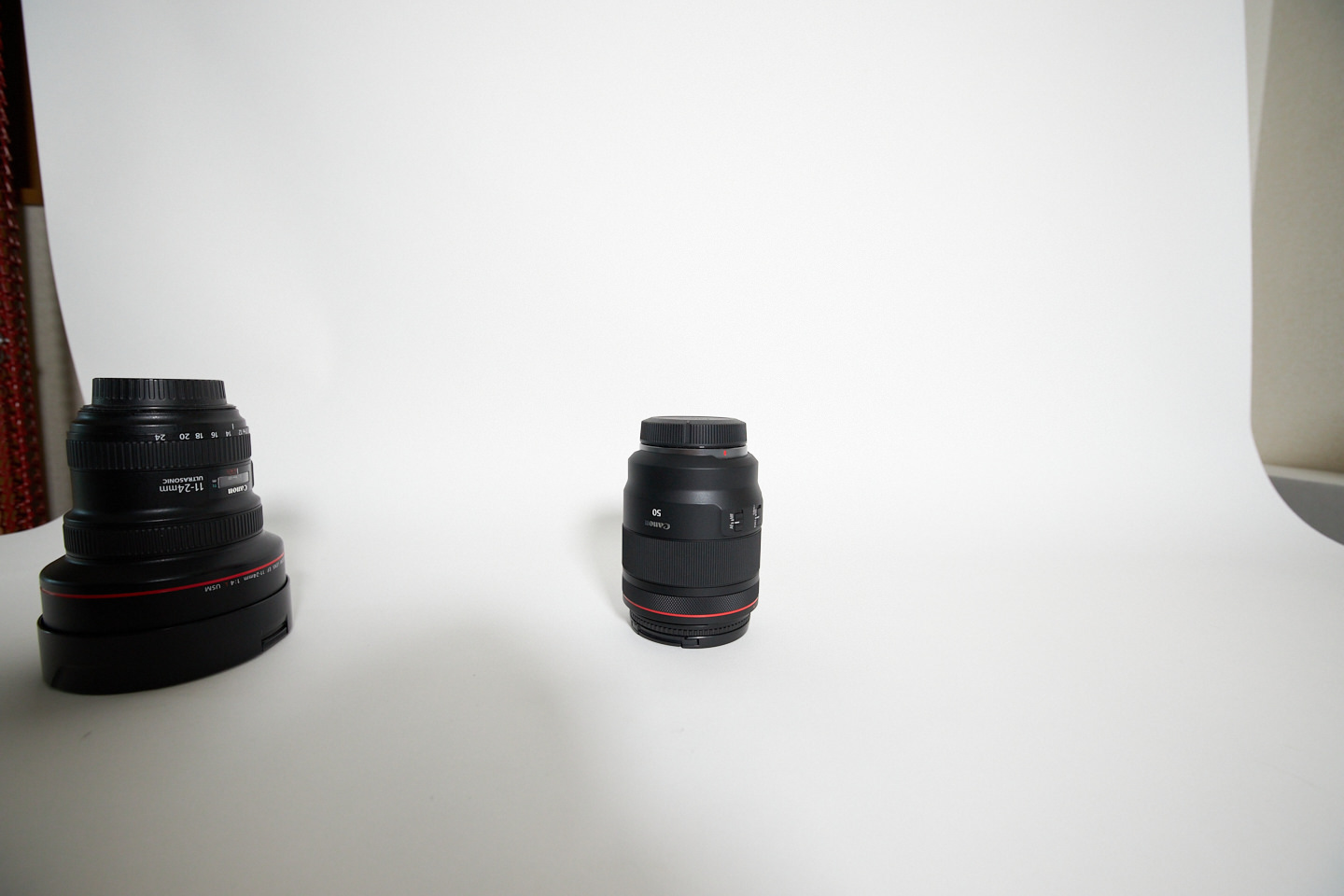
Next, here is a crop of just the 50mm lens from the middle of the frame, so that you can compare the sharpness of the two lenses. The 11-24mm lens image is on the left, and the image from the 15-35mm lens is on the right. There is not a lot in it, but under close inspection, you can see that the 15-35mm lens image is slightly sharper.


In this final pair of crops though, all from the same image, we can compare the sharpness of the two lenses near the edge of the frame. On the left is the image from the 11-24mm and the image shot using the 15-35mm lens is on the right. I was blown away by how much sharper the 15-35mm lens is close to its edge, wide open, at 15mm.
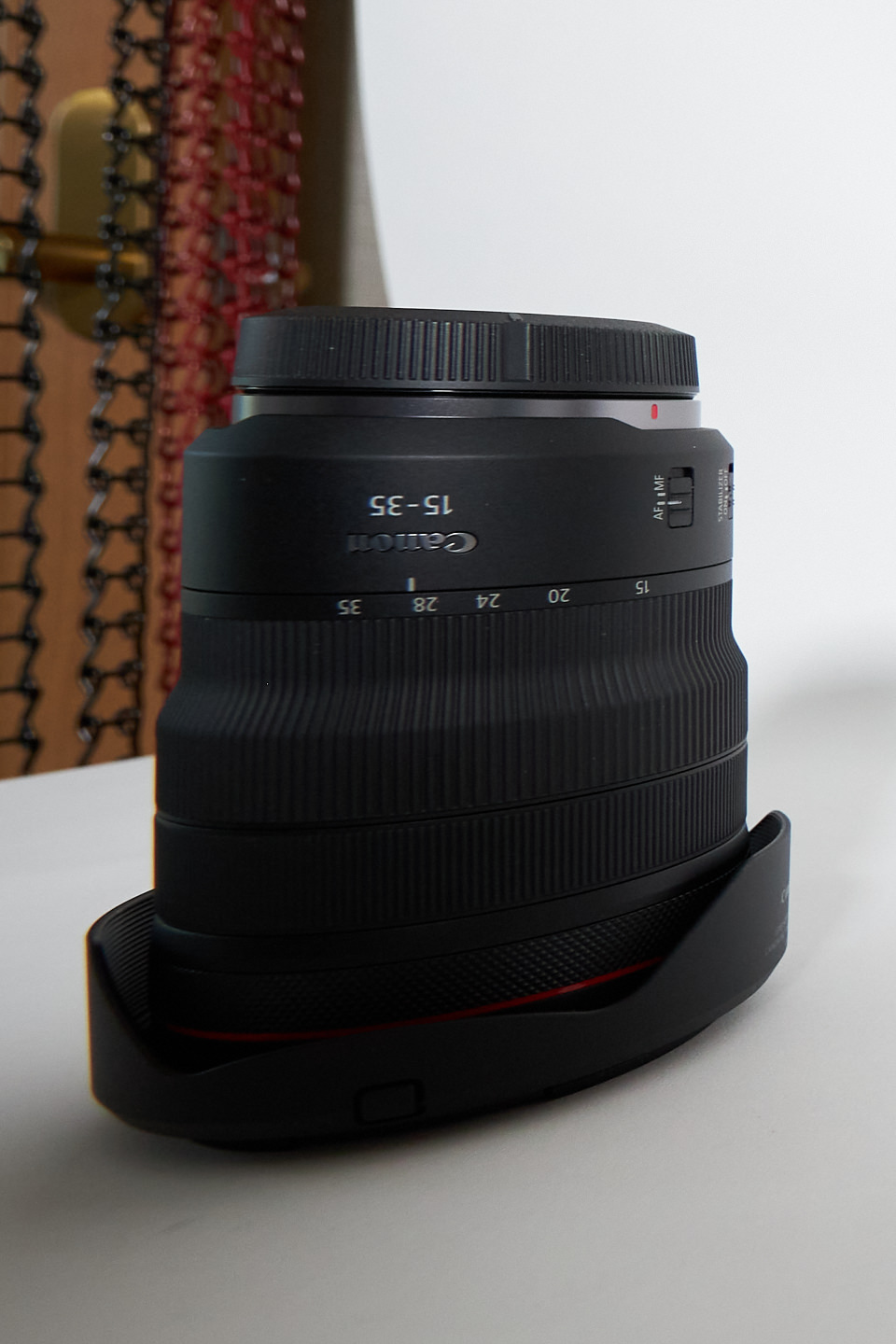
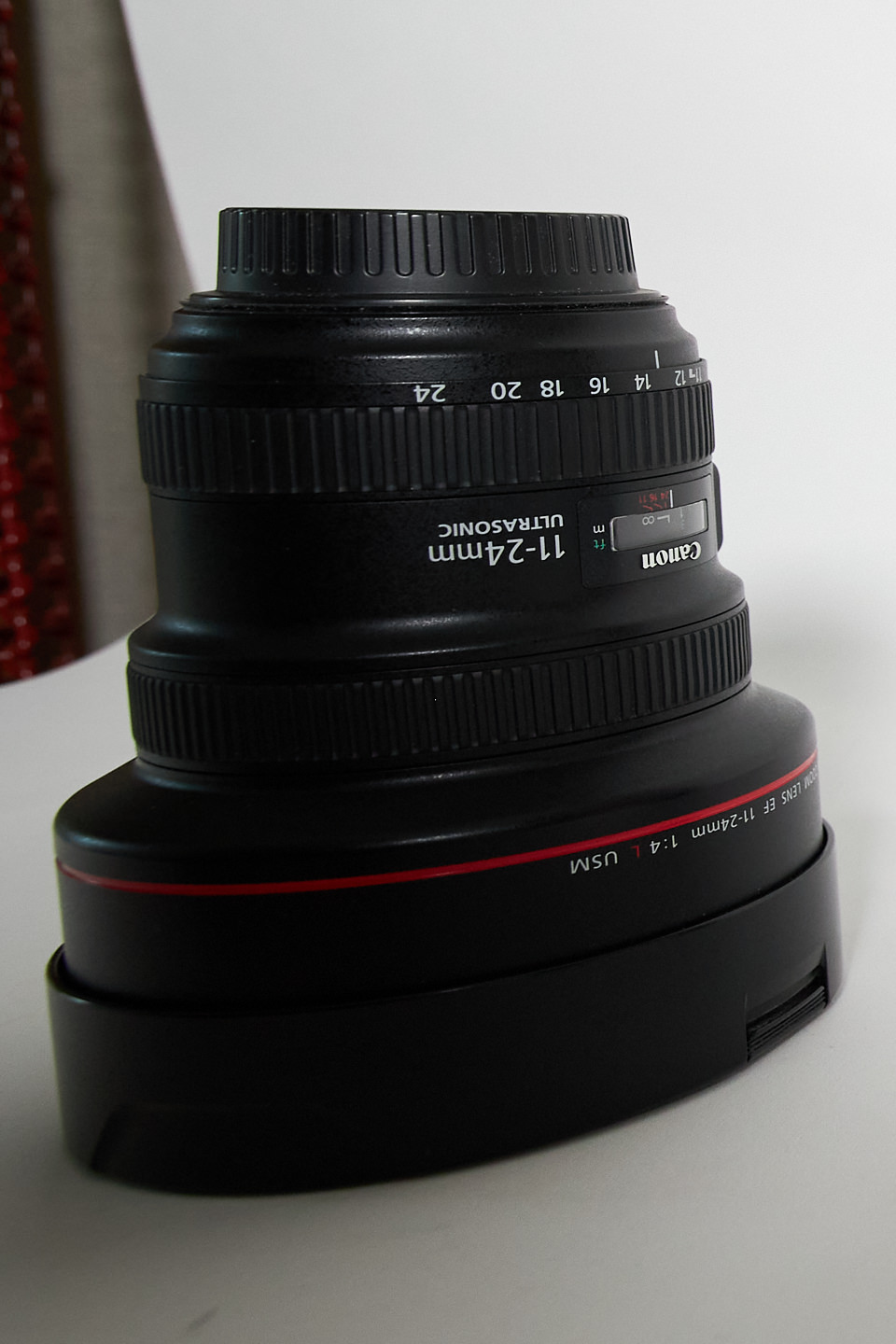
I thought for a moment that the lens in the edge of the image shot with the 11-24mm lens might be out of the depth of field, but at 11mm, focusing at around 60cm or two feet, and with an aperture of f/5.6 which is what I was using, with my Photographer’s Friend app set in Pixels Peeper mode, which is the most punishing, we still have almost 60 cm or two feet of focus, so that is not the case. The 15-35mm lens is just amazing! I was never really unhappy with the sharpness of the 11-24mm at the edges, but that was before I saw what Canon could do with the RF mount and their mirrorless camera bodies. This, to me, is a revelation!
This whole slew of new gear is a revelation in many ways too. Over the last six years or so, Canon has enabled me to gradually shrink my kit down, while continuously increasing the image quality of my work. I have, of course, yet to see what the Canon EOS R5 and the new 100-500mm lens is capable of, but I trust that Canon wouldn’t release anything that is a smidgeon less than stellar at this point, so I’m really just not worried about that. I will continue to report on my findings and hope that it helps those of you that reside with me in the Canon camp or are thinking of jumping ship.
We’ll start to wrap this episode up there. If you are thinking of picking up any of this new gear that we’re seeing released in the coming months, and you found this post useful, please help to support my efforts by buying with our B&H Photo affiliate links to the right. You might also want to check out my gear page on B&H as this is updated relatively regularly, and some RF related changes will be implemented soon! No lenses or cameras were injured or ill-treated during the making of this review, and no-one paid me to do this or gave me any of the gear that I talked about today.
Show Notes
View Martin’s Gear Page on B&H Photo: https://mbp.ac/gear
Canon EOS R5 Body – https://mbp.ac/EOSR5
Canon RF 100-500mm f/4.5-7.1L IS USM Lens – https://mbp.ac/100-500
Canon RF 15-35mm f/2.8L IS USM Lens – https://mbp.ac/15-35
Audio
Subscribe in iTunes to get Podcasts delivered automatically to your computer.
Download this Podcast as an MP3 with Chapters.
Visit this page for help on how to view the images in MP3 files.


Amazing images! Wow!
Thanks, Bryan! I’m very pleased you like them.
Hi Martin,
Yes, there is certainly a lot of options out there right now regarding mirrorless cameras! Exciting times!
Out of curiosity, given you are making a wholesale change in both cameras and lenses, were there any specific reasons why the Nikon Z system wasn’t on your radar given the similarities in the size/flange distance of the Z mount vs the RF mount, or was it also the comfort level you have with Canon cameras after all these years plus the positive and rapid direction they seem to be going with mirrorless cameras that won the day? I ask because I am currently evaluating my next step regarding mirrorless camera systems and obviously Canon and Nikon are likely options (for some reason I can’t get on board with Sony but perhaps I shouldn’t dismiss them too quickly).
Cheers,
Wade
Hi Wade,
Exciting times indeed!
The Nikon Z system is, of course, very good, but as I’m already two, three lenses in, including the 15-35mm, my investment in Canon gear is still significant, even with these sweeping changes. But, so be completely honest, your other point about my comfort level is probably closer. I know the Canon system like the back of my hand, and when I do get a chance to play with a Nikon during my tours, they always seem very alien to me. It’s just what you’re used to, I’m sure, but these things all mount up, but in addition, I honestly believe that Canon has the best lineup of lenses already in their RF range, and their strategy seems very strong, so I am happy to stay with them.
Regards,
Martin.
A most interesting article – and how alike we are with our thinking! I spent a year deliberating over a switch to Sony, but the Canon intrigue gripped me! Canon did a great job of keeping me on the hook! So pleased I waited – the Sony A7R4 switch bothered me – the poor ergonomics, buffering issues, too many pixels and the sweet spot I sought was 45MP for both landscapes and cropping for wildlife – and – the Menu system!
So now my money is in the ring for an R5, 15-35, 100-400 and 24-105. I will use my 500mm and 300mm primes with an adapter and wait and see re. the real world images from 100-500 with tele extenders. There’s a whole new world out there, waiting for us it seems!
Hi Mike,
Wow! That’s great to hear! I’m sure you’re looking forward to getting started with all that. I can’t wait!
Let me know your thoughts when you have had a chance to shoot with your new gear.
Regards,
Martin.
Martin, you are the man! Great work and very interesting.
When I listened to this podcast, I could help but think how I am like you in terms of looking for justifications to get the latest gear. I do think you are the ultimate gear head. You must know in reality, you don’t need all the latest stuff. Right? Its want vs need. In your case it is maybe a need to support your podcast.
Hi William,
I’m pleased you found this interesting.
I do like to think through my purchases, and explaining my reasoning sometimes helps others. Yes, for sure, I could stay with the gear that I have and still make images I’m happy with, and I find it very easy to ignore some updates, but there is a sweet-spot in Canon’s line-up that I know that I will ultimately buy into, and financially it makes more sense for me to buy when they are new for two reasons. The first being, as you mentioned, it helps me with the Podcast. If I can get a review out quickly it helps to increase visits and that leads to a wider audience. The second and equally if not more important reason is that if I wait until the used market is flooded with the gear I’m selling to help finance the upgrade, I get less money for my old gear.
Of course, there is always an element of want vs need, but in the current climate, my wants are all being put on the back burner. That doesn’t mean I don’t “want” this gear, but I believe it will help me to take my photography to another level as well. Having better tools gives us options and that isn’t a bad thing.
Regards,
Martin.
Ok, you convinced me. 🙂 You mentioned shooting with the same bodies. Image shooting with two systems! My strategy is to sell off my Sony lenses and cameras as it has become inconvenient carrying it all. The Sony a7III is perfect for my event photography, but I can’t get rid of my 5DMIV. That sensor is just amazing. Cheers!
Hey Omar,
I’m pleased that you are coming around. I understand that you don’t need 45MP for your event work, and the CFexpress memory is a little on the high side (especially for people overseas unless you buy ProGrade DIgital because they have worldwide same price) but I honestly believe this is the camera to answer most of my dreams.
Now the only thing that I’m concerned about is that the store I ordered from just called to let me know that I won’t get mine on the day it is released. I called just minutes after they put the camera on and this is the first time they’ve done this to me, but it’s going to slow down my review, and that annoys me intensely!
It’ll be here at some point though, and I can’t wait!
Cheers,
Martin.
Thanks for this fine writeup, Martin. I share your optimism regarding Canon’s R strategy. I bought an R and a 24-105L, but wasn’t prepared to switch to R in full, so my workhorses now are a pair of 5D4s and EF lenses. However, I have the R5 and 100-500 on pre-order and am plotting a complete switch to R bodies and lenses over the course of the next few months. Your comments have nudged me in the direction of replacing both my EF 11-24 and 16-35 f/4 by an RF 15-35, among other things.
My question is: are you really saying that the 15-35, 24-105 and 100-500 will be your full lens kit (leaving aside extenders) for (say) a Namibia trip? I can see that set doing just fine for a wildlife focused Africa trip, but I worry that the 100-500 is not fast enough for cultural portions of such a trip. I guess you have the RF 50 f1.2 for lowlight contexts, but I worry that’s not enough reach. My last trip (more than 7 months ago now, sadly!) was to the Omo Valley of Ethiopia and my EF 70-200 f2.8 was my workhorse for the tribal people there. With luck, I’ll be in Papua New Guinea on a combined culture and wildlife (mostly birds) tour in May of next year, so I need to take that sort of hybrid trip seriously. There are severe weight restrictions on that trip as well.
I welcome your comments and look forward eagerly to your R5 review; I hope your store gets it to you quickly!
Mark
Hi Mark,
Congratulations on your plan and upcoming changes. These are exciting times!
My kit for Namibia will be, as you say, the 15-35mm, 24-105mm and 100-500mm along with the 50mm ƒ/1.2. This is perfect for the low light work, but I will also probably make use of the 15-35mm there too, as it’s ƒ/2.8.
But, for all other work, the three RF lenses will be fine, including the smaller aperture 100-500mm, because I can increase the ISO. Even now, I’m generally shooting at around ƒ/11 anyway, as the depth of field is too shallow otherwise, so I already have to increase my ISO some. Nothing will really change. I’ll just have an extra 100mm without the Extender, and I honestly think that this will be enough for most of the wildlife work I do, but when I do need a little extra reach, the Extenders will be there to help.
Now, your specific question about the 100-500mm not being fast enough for the cultural part of the trip; the only cultural part that I would use the 100-500mm is the Himba goat herding and maybe some ad-hoc shoots along the road, and they’ll be fine with higher ISO.
My biggest and most important advice to you, and anyone thinking about this, is to not be afraid to increase the ISO. In fact, I take it a step further and generally advise people to take the ISO at least a full stop over what you think you need, fear aside, because that actually helps you to get less grain because you’d be exposing to the right at that point. You need to control the exposure, probably in Manual mode, but as long as you are exposing to the right, high ISOs with the currently available cameras is absolutely nothing to worry about, and I’m talking 6400 and even higher when necessary. It’s a leap of faith, but it works.
I hope that helps!
Regards,
Martin.
Hey Martin, I greatly appreciate your guidance on all of this. I’ve been listening to your podcast for awhile so I know you’ve done all the necessary research on everything here, which means I don’t have to ;-). I’ve been using the Canon 7d with the Panasonic GX8 and love them both. But not I’m thinking about selling everything I have and started fresh with this exact model that you are doing. I have a 70-200 2.8 lens comparable on both platforms and then a wider angle for both. If I consolidate, what two lens should I start with on this new platform? Thank you sir!
Hi Russell,
You’re very welcome for the information etc. Thanks for listening!
If the ƒ/2.8 aperture is necessary, then an RF 24-70mm ƒ/2.8 and the RF ƒ/2.8 70-200mm would perhaps be a good choice. I personally like to keep one mid-range prime lens with a super-wide aperture, so right now for me, that is an RF 50mm ƒ/1.2L lens and I then use the ƒ/4 24-105mm and the 100-500mm when it arrives in September. As I also mentioned in this post, the RF 15-35mm has just replaced my 11-24mm, so I’ll be covered from 15-500mm with these three lenses without any gaps in the range of focal length. If you shoot anything that requires more reach than the 70-200mm gives you, I can definitely recommend my strategy, starting with the 24-105mm and the 100-500mm. That would cover most of my needs because I don’t really need the ƒ/2.8 aperture.
I hope that helps!
Regards,
Martin.
Thanks for your comments, Martin.
I’m not sure yet what I’ll do regarding culturally focused >100mm lens choices. I see the point you’re making regarding the speed of the 100-500, but I like to have the option for a faster >100mm lens. I’ll think further.
Thanks especially for your larger comment on using higher ISOs, but with an emphasis on ETTR. I use higher ISOs, but I’m not always good about ensuring ETTR, with sometimes unfortunate downsides.
Turns out that my R5 will arrive tomorrow, so I’ll be experimenting soon!
Mark
Hi Mark,
The RF 70-200mm ƒ/2.8L might be another option if you don’t necessarily need the full reach of the 100-400mm.
I hope your R5 arrives today. I’m envious! 🙂
Regards,
Martin.
Thanks, Martin. To get the news out of the way, I do have my R5 and I’ll be diving into it this weekend (!).
And yes, the RF 70-200 f/2.8L would be ideal for a culture-only trip and may be necessary for me on a hybrid trip as well. Sadly, that lens is not compatible with extenders, which would otherwise have been a fine compromise, I think. We’ll see!
Mark
This seems to be the only downside of the mirrorless system – no room for extenders! I’m disappointed that the full range of the extenders can’t be used with the 100-500mm as well. Thankfully the long end works, so that still makes them useful. The 70-200mm is too short a range though, which sucks.
I hope you’re getting along well with the R5. Mine will be here in two days, so I’ll be reporting on my findings soon too.
Regards,
Martin.
The image are very sharp !